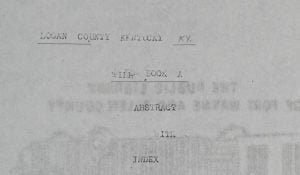Slave Narrative of Diana Alexander
Interviewer: Miss Irene Robertson Person Interviewed: Diane Alexander Location: Brinkley, Arkansas Age: 74 Occupation: Worked in field, Washed, Ironed “I was born in Mississippi close to Bihalia. Our owner was Myers(?) Bogan. He had a wife and children. Mama was a field woman. Her name was Sarah Bogan and papa’s name was Hubberd Bogan. “I heard them talk about setting the pot at the doors and having singing and prayer services. They all sung and prayed around the room. I forgot all the things they talked about. My parents lived on the same place after freedom a long time. They … Read more


